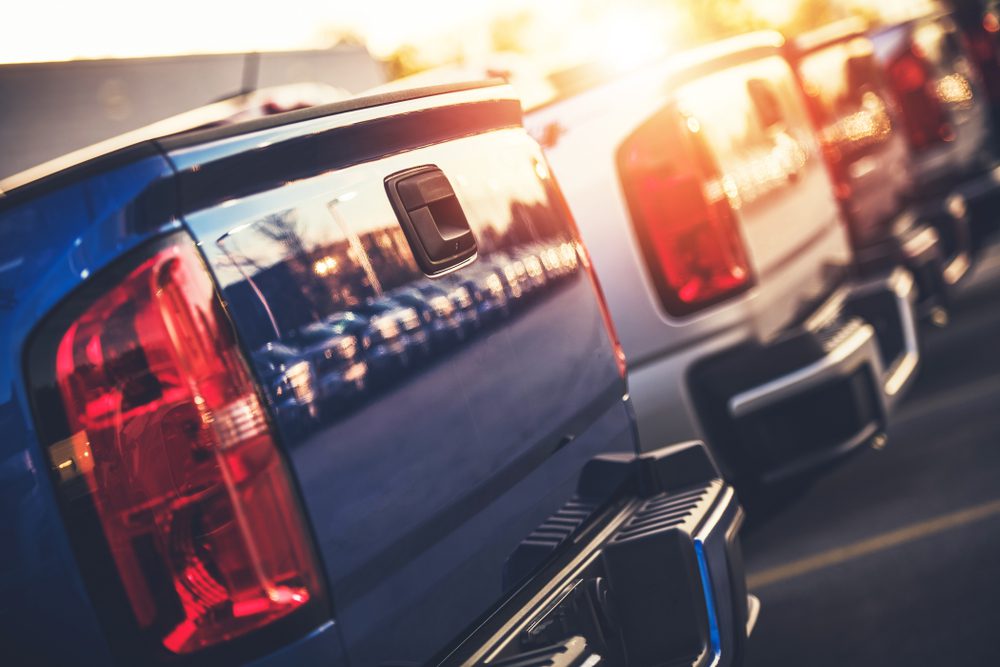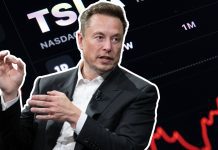As new-vehicle prices continue to rise, so do interest rates. To compound the issue, manufacturers also seem to be getting stingier with incentives. This puts the cost of owning a new vehicle out of reach for more and more buyers. Used-cars are becoming an increasingly popular alternative to buying new. Because of this, the used-vehicle market appears to be set for continued growth through 2020.
Jessica Caldwell, Edmunds executive director of industry analysis, noted that “Used vehicles will likely grow in popularity as new-car substitutes if incentives continue to stagnate and interest rates creep up. A large quantity of near-new used vehicles are expected to come into the market that will undoubtedly offer a compelling value message that resonates with discerning new-car shoppers.”
According to Edumunds.com, the average new vehicle sold for over $36,000 in February 2019, up 29 percent from $28,000 a decade ago. This number is entirely disproportionate to the 6 percent rise in median household income during roughly that same period.
 At the same time prices are on the rise, the average annual percentage rate for new-car loans climbed to 6.26 percent in February after hovering below 5 percent for most of the decade. Rising rates could hurt both automakers and consumers if borrowing costs continue to rise and make cars even less affordable.
At the same time prices are on the rise, the average annual percentage rate for new-car loans climbed to 6.26 percent in February after hovering below 5 percent for most of the decade. Rising rates could hurt both automakers and consumers if borrowing costs continue to rise and make cars even less affordable.
“For consumers coming back into the market, it’s going to be a bit of sticker shock,” Caldwell said. “It’s going to be a bit shocking for consumers when they realize how much vehicles cost now.”
With the vehicle buying cycle for the average consumer now at 6 years, it means that the increased costs are forcing consumers to hold onto vehicles longer.
To illustrate how this translates into everyday dollars and cents, if someone purchased a new car in February 2013, on average they put $3,533 down and borrowed $26,700 at 4.36 percent interest. The length of the loan was, on average, 65.79 months.
In contrast, the average down payment in February 2019 was $4,187; consumers financed on average $32,071 over 69.28 months at 6.26 percent interest. The average monthly payment grew from $462 per month to $556 per month over that same time period.
These are compelling factors that are pushing a lot of buyers to consider used-cars instead of new.
“Affordability is leaving more and more people out of the new-car market,” said Michelle Krebs, executive analyst at Autotrader.
Interestingly, one of the factors driving the increase in pricing is actually driven by consumer preference. Manufacturers are noticing huge demand for pickup trucks and SUV’s, while demand for sedans is waning. Ford actually has plans to eliminate sedans from its lineup entirely over the next couple of years.
By nature, SUV’s and pickup trucks are more expensive. So, as consumer preferences get more expensive, the prices will continue to rise. All of this will likely have a positive impact on used-car sales into the foreseeable future.








